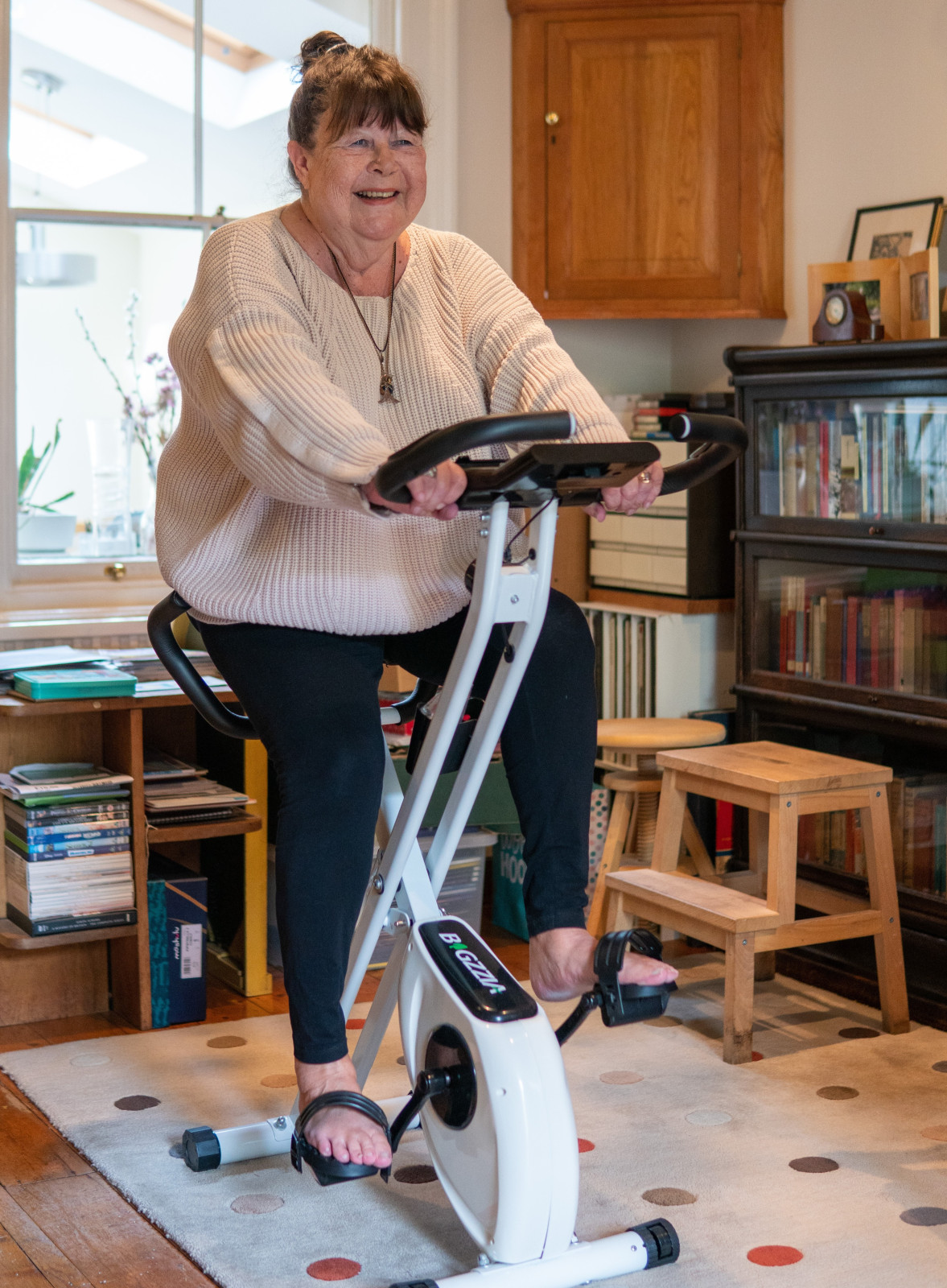
In this blog post, Coach Cindy addresses the question of how much exercise is needed to control blood sugar levels. While the basic answer is to be as active as possible, Cindy explains that the timing and frequency of exercise are also important factors. The American Diabetes Association recommends 150 minutes of moderate exercise per week, but it's best to exercise after a meal to use up blood sugar and keep levels from rising too high.
Consistency is key to benefiting from exercise, with each workout making the body more sensitive to insulin for about 24 hours. Cindy advises finding an enjoyable activity and doing it often. Adding strength training with weights can further enhance the sugar-lowering effect, as muscle burns more sugar and calories. Safety precautions are also discussed, suggesting blood sugar monitoring prior to exercise and adjusting carbohydrate intake accordingly.
Coach Cindy recommends exercising for 30 minutes after lunch or dinner 5-7 days per week, along with strength training sessions twice a week. Lastly, for those struggling to get started or stay motivated, Cindy offers the option of health coaching to help utilize exercise in controlling blood sugar levels.
Read more...
This blog post addresses the stigma and judgment faced by individuals with Type 2 Diabetes, emphasizing that the disease is not a result of laziness or poor diet choices. Coach Cindy explains that diabetes is linked to genetics and even babies born to mothers with gestational diabetes are more likely to develop the condition. People with diabetes are often careful about their diet and make efforts to avoid excess sugar and carbs, managing their condition strenuously on a daily basis. The post offers support and assistance to those with diabetes, encouraging them to focus on their health and well-being and not let negative comments affect them.
Read more...
In this blog post, Coach Cindy addresses the confusion and misconceptions surrounding carbohydrates. She explains that carbs are an essential source of energy for our bodies and should not be completely avoided. Coach Cindy emphasizes the importance of choosing the right kinds of carbs and using them wisely to maintain steady energy levels. She breaks down the three types of carbs - sugars, starches, and fiber - and highlights the role fiber plays in slowing down the absorption of sugar and starch, preventing blood sugar spikes and crashes. Coach Cindy provides practical tips on how to incorporate more fiber into one's diet and how to combine sugar and starches with other foods to minimize blood sugar spikes. Overall, the article aims to help readers understand carbs better and make informed choices for their health and well-being.
Read more...
Type 2 Diabetes is a condition that develops over time due to consistently high blood sugar levels caused by genetic predisposition and lifestyle choices. When we consume sugar or starchy carbohydrates, they are broken down into glucose, which is then absorbed into the bloodstream. Insulin is released by the pancreas to lower blood sugar levels by allowing glucose to enter cells. However, when cells are regularly exposed to high insulin levels, they develop insulin resistance and sugar remains in the bloodstream, leading to chronically high blood sugar and eventually Type 2 Diabetes.
Understanding the pathophysiology of Type 2 Diabetes helps explain the symptoms and offers opportunities for intervention. By avoiding drastic increases in blood sugar and insulin levels through dietary adjustments and physical activity, it is possible to prevent disease progression and reduce the need for medications. Working with the body's natural processes can help improve overall health and well-being.
If you want to learn more about the pathophysiology of Type 2 Diabetes and how to work with your body to prevent or manage the condition, reach out to Coach Cindy for personalized guidance.

